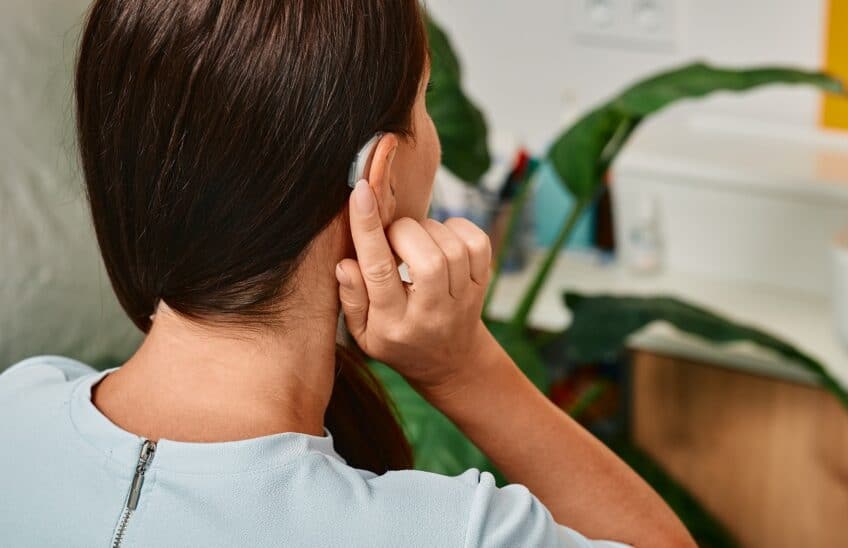Hearing is integral to driving safely. In addition to being able to see and follow traffic laws, hearing is another way we navigate road safety. Hearing aids provide support for millions of people with hearing loss. These electronic devices absorb and process speech and sound which provides ample support, making it easier to hear. Hearing aids are essential items, especially while driving. Integrating the following tips can help you drive safely with hearing aids:
- Maximize use of hearing aids. Hearing aids are incredibly savvy devices that are designed to support optimal hearing. It is critical to always wear hearing aids while driving which increase spatial awareness by allowing you to hear the activity in your immediate environment as you are drying. In addition to wearing hearing aids, you should:
- Have your hearing assessed regularly so that if you experience any changes to your hearing, your needs are always met.
- Get hearing aids professionally serviced. This allows a specialist to thoroughly clean your hearing aids and run tests to ensure your device is working optimally. This also contributes to the longevity of your hearing aids.
- Keep extra supplies. Be sure to keep extra hearing aid batteries in your car to ensure that your hearing aids do not die on you while driving.
If you recently starting wearing hearing aids, it is important to know that it takes a little a bit of time to adjust to them. Be sure to be fully comfortable with your hearing aids.
before driving with them.
- Make sure you can see. Another important strategy is to make sure your vision is as strong and clear as possible. Because hearing is impaired, this means that vision is even more important. There are a few things you can do to make sure you can see as best as possible while driving:
- Get your vision checked annually. This allows you to monitor your vision and if you experience changes, this can be addressed to ensure that your vision is effectively supported.
- If you wear glasses or contact lenses: check in with your optometrist to know if you need a new prescription at any point.
- Make adjustments to your seat so you can see at least 10 feet ahead.
- Use polarized sunglasses and anti reflective lenses to reduce glare.
In addition to these tips, if you experience challenges with seeing when it is dark,
be sure to only drive during the day time.
- Minimize distractions. It is also important to reduce distractions as much as possible so that you are able to focus on driving safely. This includes reducing the amount of noise you are exposed to. Excess noise provides more sound for your brain to process which requires more energy and can distract from the noises you want to hear. A few ways you can reduce your noise exposure include: lowering volume settings on any music or podcasts you may be playing (or turning this off completely), driving with the windows rolled up to reduce environmental noise, asking others to not speak loudly while in the car etc. In addition to eliminating noise, another way you can reduce distractions is by not multitasking while driving. This includes not eating, texting, talking on the phone etc. If you need to make a call, be sure to pull over to do this safely.
- Make adjustments to your car. There are also adjustments you can make to your car to better support your vision and driving comfortably. This includes expanding your rearview mirror which enhances your vision and access to visual cues. Cleaning your windshield consistently also supports visual cues. You can also adjust brake and gas pedals to make them easier to press. These adjustments help create the most comfortable conditions for you to drive safely.
- Use Bluetooth technology. Hearing aids offer wireless connectivity by using Bluetooth technology to connect to other audio sources. This means that you can pair your hearing aids to your car’s navigation system and stream directions directly to your hearing aids. This allows the audio to be adjusted in specific ways that best meet your hearing needs, making it easier to hear directions. Setting up this wireless navigation is simple and increases accessibility, allowing you to hear and follow directions seamlessly.
Practicing these safety measures can support you driving with hearing aids safely. Contact us to learn more about the hearing technologies that are available to support your hearing health.


